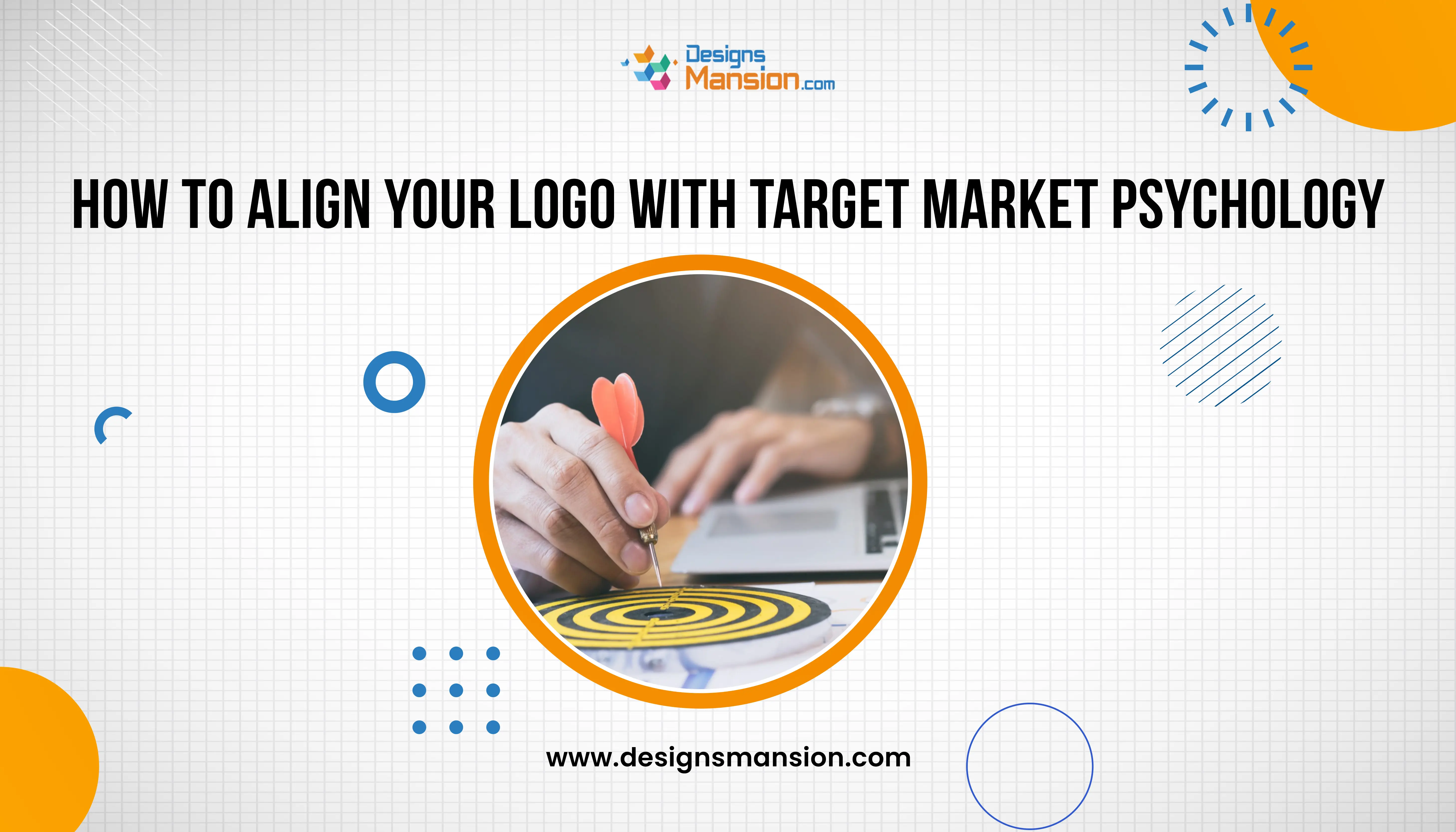
Providing you the perfect solution for your business needs. Let's work together and unlock doors to success.

A logo is far more than a graphic representation. It is the personality of the brand, the initial perception of the customers, and an effective way to tell the world about yourself. Designing a logo that would be pretty is not enough; however, your design has to reach the psychology of the target audience. The fact that your logo is in line with the feelings, tastes, and cultural orientation of your audience will automatically enhance your brand and create confidence. This is how the logo strategy is developed and provides a perfect market fit.
It is essential to research your audience before getting into shapes and colors. Are they business decision-makers, creative entrepreneurs, or young professionals? Groups do not react to visuals the same way. As an example, a funny, daring design can be applied to a younger-targeted brand, whereas a simple, luxurious logo can appeal more to more exclusive customers. Carry out surveys, research competitor logos, and develop customer personas to determine what style will best play out in the ideal market.
Colours create emotion, and these emotions determine consumer action. Blue is a color that conveys reliability and trust, and it is also common among financial institutions and tech companies. Red is a sign of vitality and excitement, usually employed by food and entertainment brands. Green implies development and sustainability, which will be suitable for environmentally friendly companies. When you match the color selection with the values and feelings of your audience, your logo appeals directly to their subconscious mind. The strategy of the logo must never ignore the effect of the colors on the perception of the customer.
Letters are personality; fonts are not a simple matter of letters. Serif fonts are known to mirror credibility and tradition, whereas the sans-serif fonts are contemporary and friendly. The script fonts may be elegant or playful, which may depend on their style. Consider typography as the tone of voice of your brand- is it right to sound right to your audience? When the typeface is essential to your target market because of professionalism, settle on clean, structured typefaces. To be adventurous or whimsical with fonts when it comes to a young or creative market.
A logo must be easy to remember, but at the same time must be distinct. Complex logos may sometimes mislead or bombard the prospective customers, whereas those that are too generic do not achieve any effect. Think of well-known brands: their brand logos are not complicated, and they are recognizable in a second. Speaking of market fit, be as clear and memorable as possible. When looking at your logo, your target audience must be able to remember it at a single glance.
Even designers who are the best require feedback. Get reactions by showing a sample of your target market and your logo drafts. Questions to be asked: Does this design feel trustworthy? Would it be what you want a brand to be in this industry? This is a best practice in the real world that will make your logo strategy not just a series of assumptions but supported by real audience responses.
The art of a logo is not only design, but psychology at work. Knowing your viewers, the psychology of colors, and using appropriate typography and feedback will enable you to create a logo that really comes across. By matching design choices to market psychology, you are guaranteed long-term impact and business expansion. By the close of the day, you should have your customers feel like they are part of your logo as much as you are. It is the proper market fit, and that is what we make real at Design Mansion.